Reviewed by Julianne Ngirngir
Apple's been quietly building something big in the living room—and it's not just another streaming box upgrade. What you need to know:
The new Apple TV 4K arrives late 2025 with A17 Pro chip, the same silicon powering iPhone 15 Pro gaming
Console-quality graphics are coming to your $129 streaming device, thanks to hardware-accelerated ray tracing
Pricing could drop to as low as $99 thanks to Apple's custom Wi-Fi chip
First AAA games already running on A17 Pro iPhones will be universal purchases—buy once, play everywhere
Here's the thing: while everyone's been focused on Apple's headset ambitions, the company's been transforming its little black box into something that could challenge Xbox Series S territory. After nearly three years since the last update, this isn't just a spec bump—it's Apple's stealth entry into the living room gaming wars where performance per dollar suddenly favors Cupertino over Redmond.
Why the A17 Pro chip changes everything
Let's break down what makes this silicon upgrade so significant. The A17 Pro packs 19 billion transistors on TSMC's cutting-edge 3nm process—that's a 19% jump from its predecessor. But raw transistor count only tells part of the story; it's how that 3nm architecture enables entirely new capabilities that weren't possible on larger nodes.
The real game-changer? Hardware-accelerated ray tracing. Apple calls it "the biggest redesign in the history of Apple GPUs," and they're not wrong. This 6-core GPU delivers roughly 40% better performance than the A15 Bionic currently powering your Apple TV 4K.
Here's where it gets interesting: the A17 Pro's CPU is approximately 75% faster in single-core tasks than PlayStation 5's processor. Sure, Sony's console still dominates in raw GPU power with 10 TFlops versus the A17 Pro's estimated 2-2.2 TFlops, but what can a 75% CPU advantage unlock? Think instantaneous game loading, seamless multitasking between gaming and streaming, and AI-powered game recommendations that actually understand your preferences.
The performance cores hit 3.78 GHz while that 16-core Neural Engine cranks out 35 trillion operations per second—perfect for the kind of intelligent content curation and enhanced Siri interactions that'll make your Apple TV feel genuinely smart rather than just responsive.
The kicker? Games like Assassin's Creed Mirage, Resident Evil 4, and Death Stranding—titles that were unthinkable on mobile hardware just two years ago—already run on A17 Pro iPhones. With universal purchases, this creates something unprecedented: a true cross-device gaming ecosystem where your save files, achievements, and purchases seamlessly sync between phone, tablet, and TV.
Gaming gets serious (finally)
Remember when Apple TV gaming meant casual Angry Birds sessions? Those days are officially over, and not just because of the hardware upgrade. The infrastructure Apple's been building finally has the horsepower to deliver on its promise.
Apple TV 4K already supports PlayStation, Xbox, Nintendo, and other game controllers—the plumbing's been there, just waiting for the right moment. With A17 Pro's arrival, you're looking at console-quality graphics that specifically target the Xbox Series S's $299 price point and performance tier.
But here's what makes Apple's approach different from traditional console competition: it removes the technical barriers that kept developers away. That Game Porting Toolkit suddenly becomes a pathway for bringing existing PC and console games to Apple's ecosystem without starting from scratch. Instead of learning entirely new development paradigms, studios can leverage familiar iOS frameworks and existing codebases.
The economics tell the story: Apple users spend approximately seven times more on digital goods than other platforms. For game developers, this isn't just about unit sales—it's about revenue per user, season passes, and in-game purchases. With over 140 million Apple TVs already in living rooms worldwide, that's a massive addressable market where users have already demonstrated willingness to pay premium prices for quality experiences.
PRO TIP: Start exploring Apple Arcade now if you haven't already. The service is about to become much more interesting when these console-quality titles arrive, and your subscription will carry forward to the new hardware.
Smart home hub with a side of Wi-Fi 7
Gaming's just part of the convergence story. Apple's embedding its custom Wi-Fi and Bluetooth chip in the 2025 model, bringing support for Wi-Fi 6E and possibly Wi-Fi 7 to your entertainment center.
Wi-Fi 6E extends capabilities into the 6 GHz band, delivering faster speeds and lower latency with compatible routers. But Wi-Fi 7's potential 40 Gbps speeds aren't just about bragging rights—they're about future-proofing your setup for 8K streaming, cloud gaming services, and real-time multiplayer experiences that demand consistent, low-latency connections.
This custom chip enables better smart home integration with Matter and Thread protocols, positioning your Apple TV as the command center that bridges entertainment and home automation. Think gaming sessions that automatically dim your smart lights and adjust your thermostat, or movie nights where your entire living room responds intelligently to what's happening on screen.
There's even talk of built-in camera support for FaceTime calls and gesture controls. tvOS already has a FaceTime app that relies on your iPhone or iPad's camera—imagine gesture-based game controls that recognize hand movements without needing to pick up a controller, or FaceTime calls that don't require keeping another device handy.
The pricing surprise that could change everything
Here's where Apple might pull its biggest surprise: cost. Multiple analysts, including Ming-Chi Kuo, predict the next Apple TV could hit sub-$100 pricing—potentially as low as $99.
Current pricing starts at $129 for 64GB and $149 for 128GB with Ethernet. A $30-50 price drop might not sound dramatic until you consider the competitive landscape: you're getting A17 Pro performance, console-quality gaming, Wi-Fi 7 connectivity, and comprehensive smart home integration for less than what most people pay for a decent Bluetooth speaker.
The cost reduction comes from that custom Wi-Fi chip—Apple's ability to reduce manufacturing costs by bringing more components in-house while simultaneously improving performance. It's the same vertical integration playbook that's worked across their entire product lineup, now applied to living room hardware.
Market analysis suggests this pricing strategy could double Apple TV's market share within 12 months. The dynamics are straightforward: when you're offering flagship-level performance at impulse-purchase pricing, you're not just competing with streaming sticks anymore—you're directly challenging entry-level gaming consoles and smart home hubs that cost significantly more while delivering less integrated functionality.
What this means for your setup
So when can you get your hands on this gaming-focused upgrade? Bloomberg's Mark Gurman reports a launch "toward the end of the year"—likely October or November, following Apple's typical fall hardware refresh cycle.
The timing makes sense for upgrade decisions. Apple last updated the Apple TV 4K in late 2022, making this almost exactly a three-year refresh cycle. If you're torn between upgrading your current setup or waiting, consider this: the A15 Bionic in your current Apple TV already outperforms most streaming competitors. Adding A17 Pro's ray tracing, 40% GPU boost, and universal game purchases transforms it from a solid streaming box into the heart of a unified entertainment ecosystem.
Don't Miss: Start thinking about controller preferences now. While Apple TV supports most major gaming controllers, having the right setup ready—whether that's a PlayStation DualSense, Xbox Wireless Controller, or dedicated Apple-compatible option—will make the transition to console-quality gaming seamless when launch day arrives.
Apple's not just updating a streaming device—they're positioning the Apple TV as the convergence point where entertainment, gaming, and smart home control merge into a single sub-$100 package. For users already invested in the Apple ecosystem, this represents the kind of seamless integration that makes complex setups simple while opening up entirely new possibilities for how we interact with our living rooms.







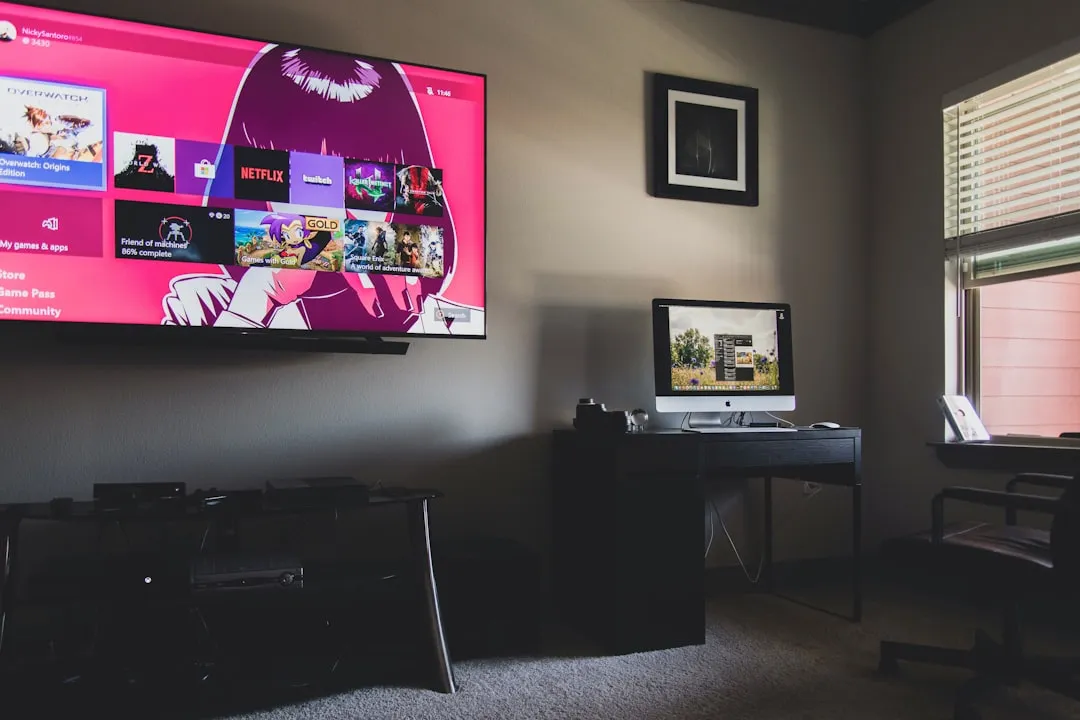
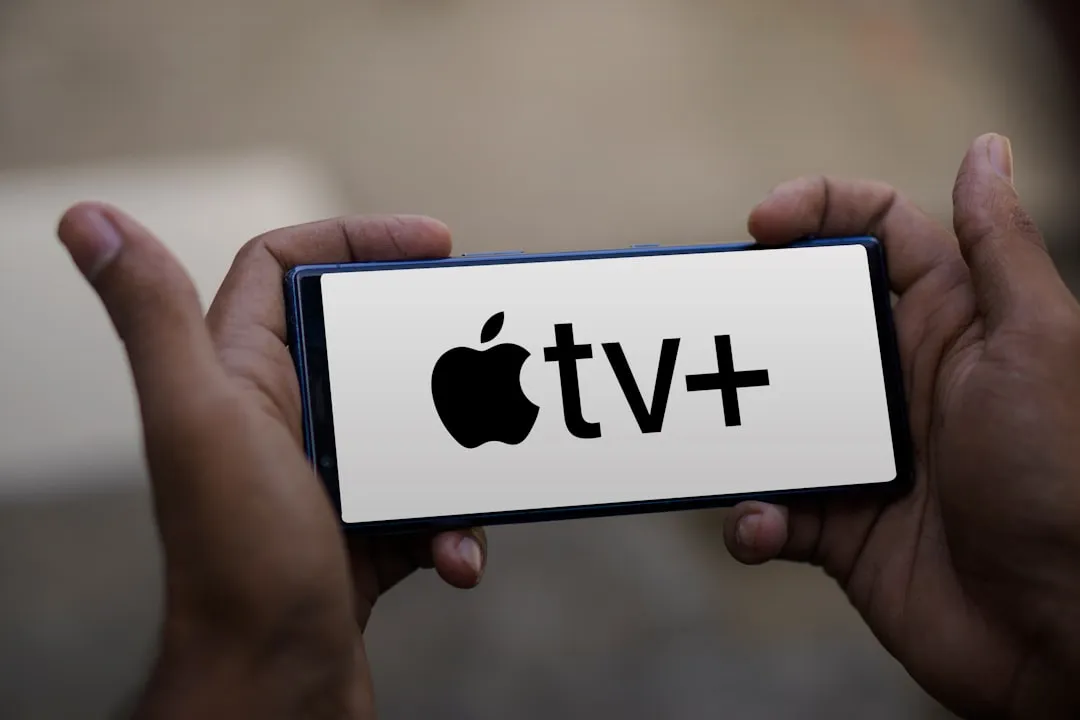
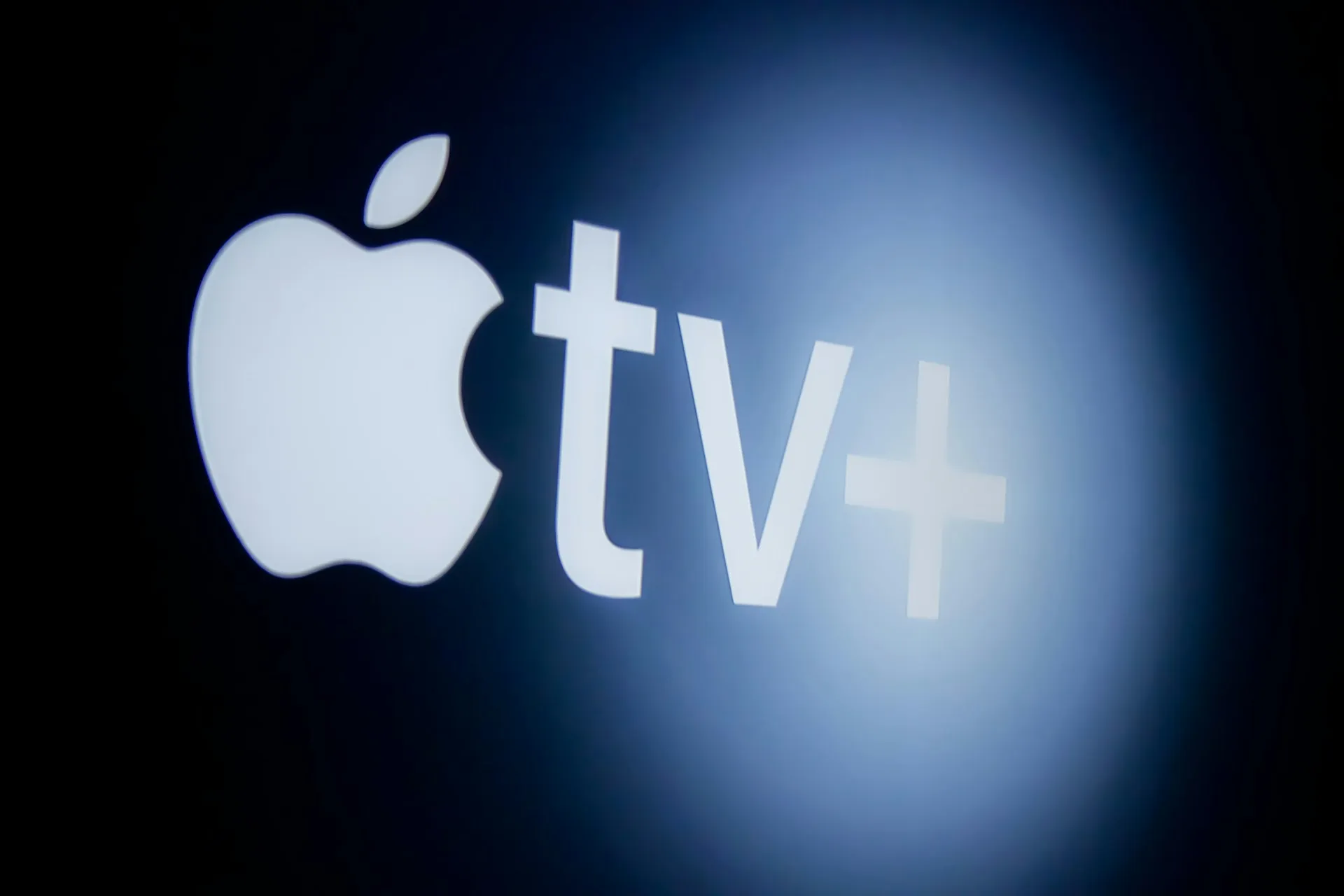

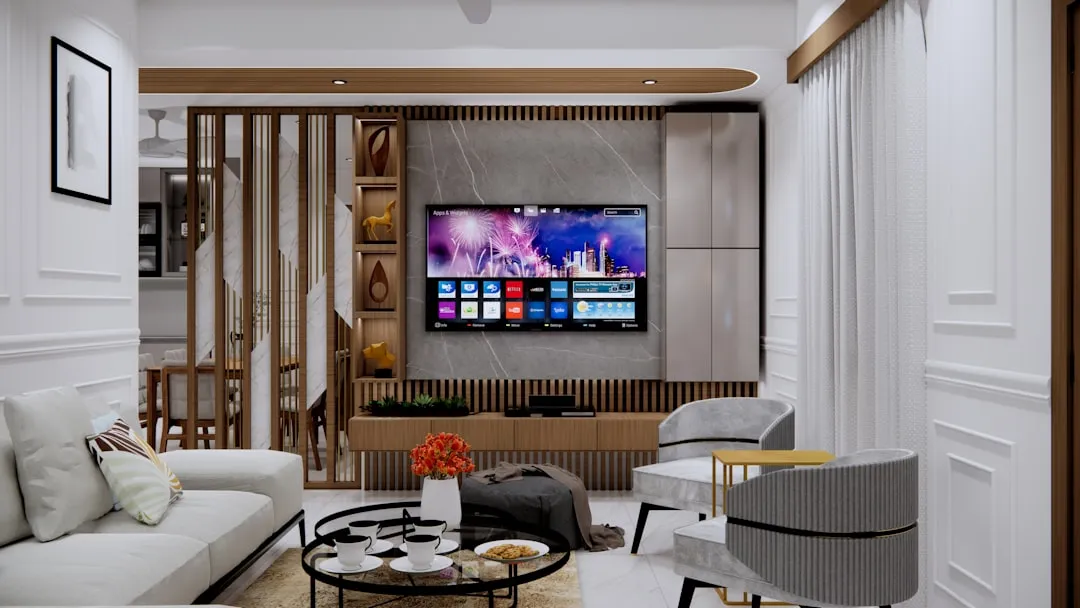
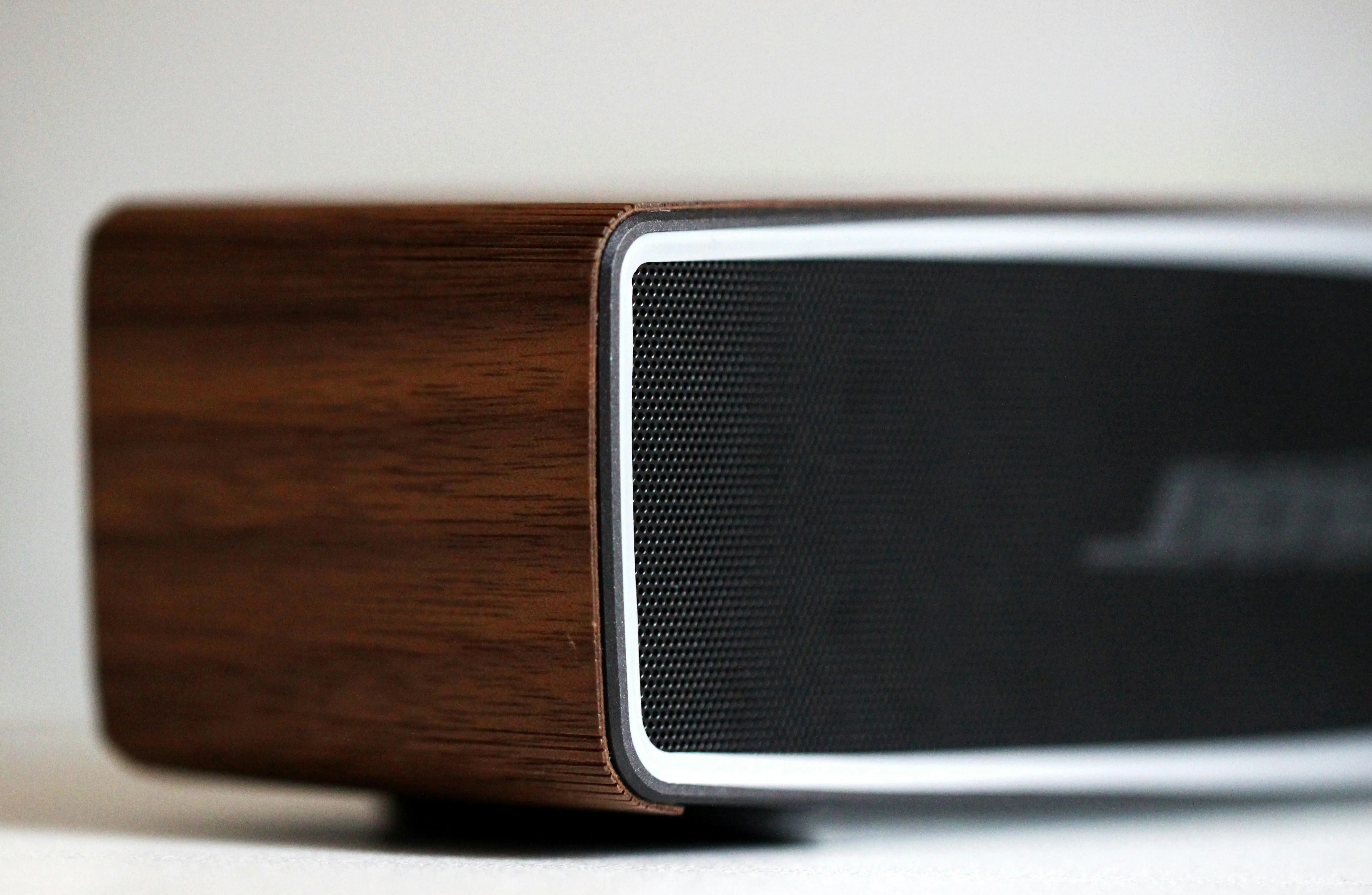
Comments
Be the first, drop a comment!